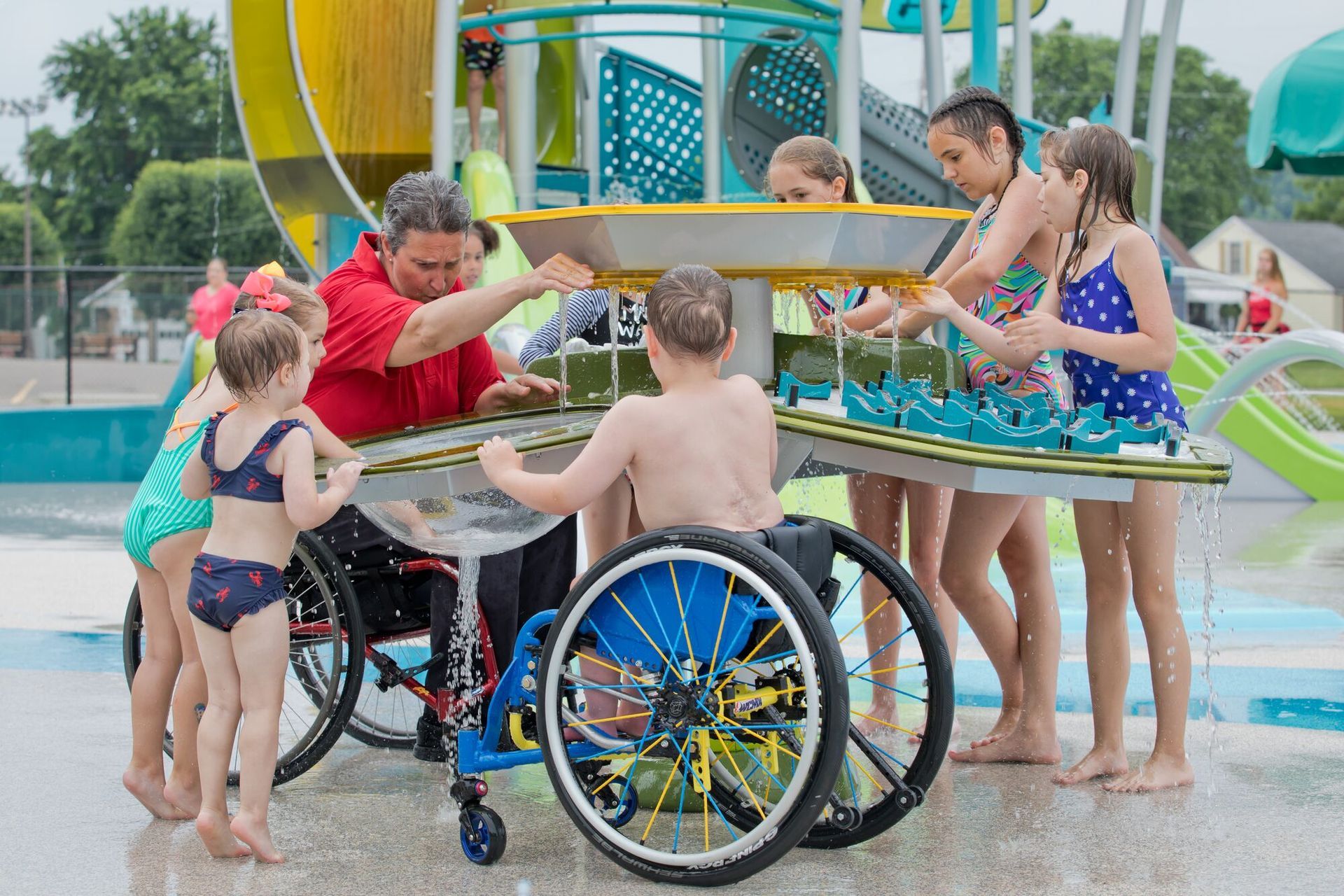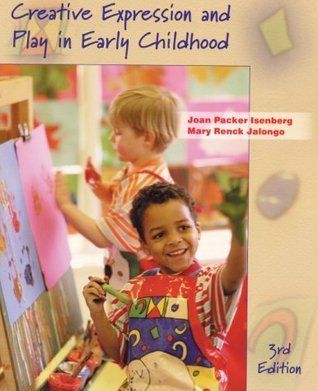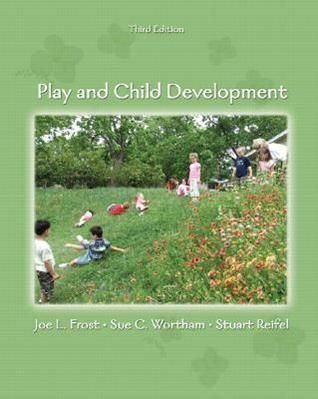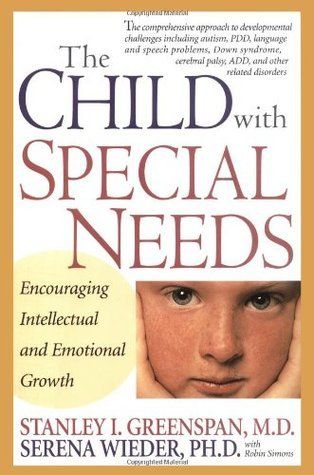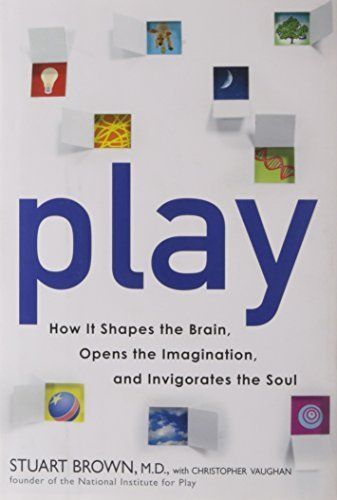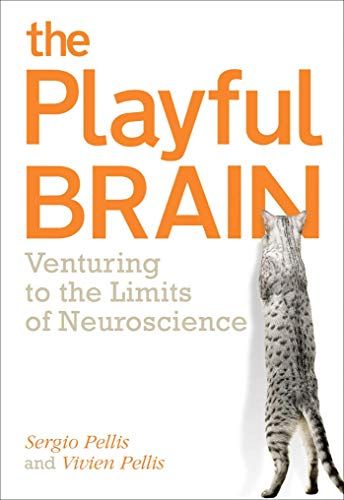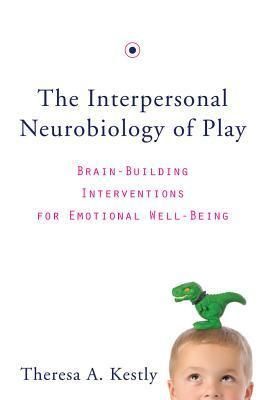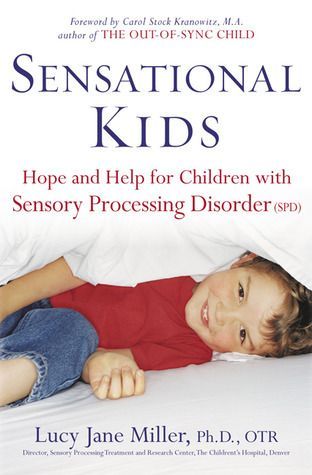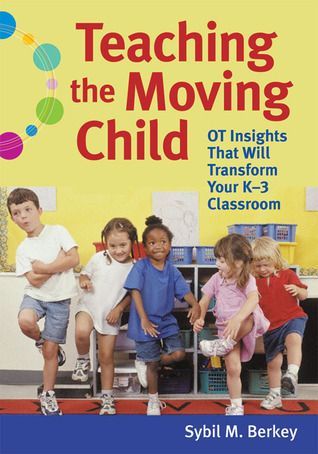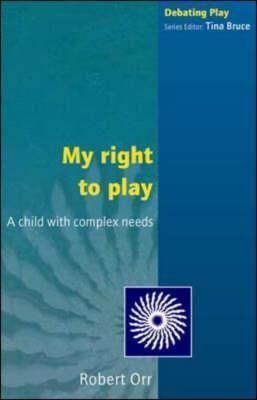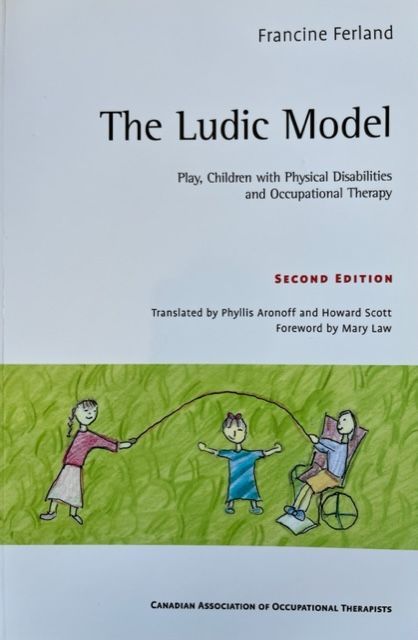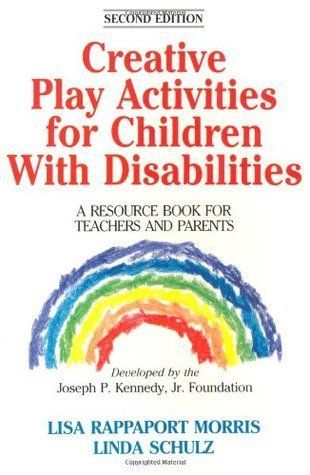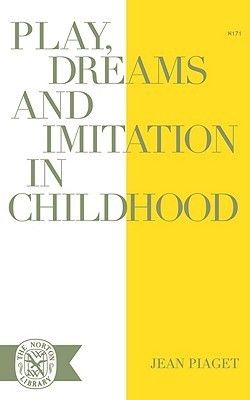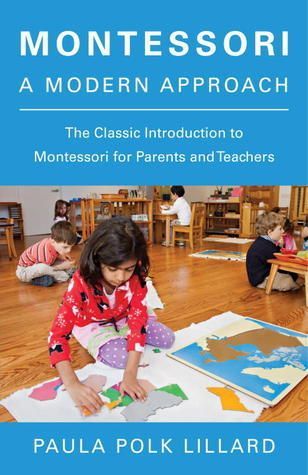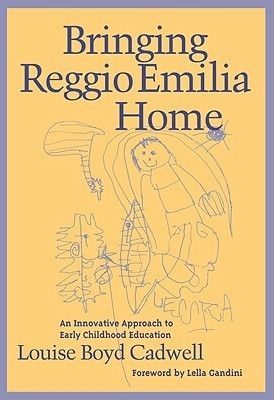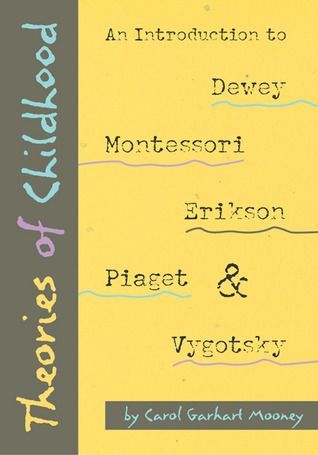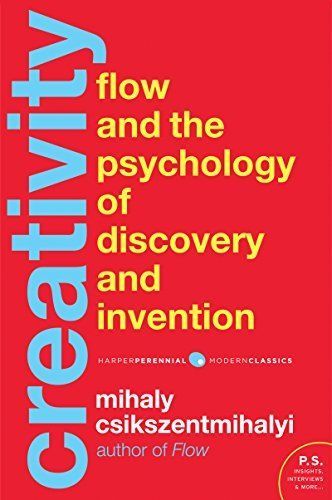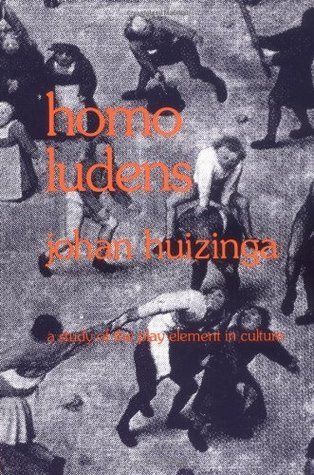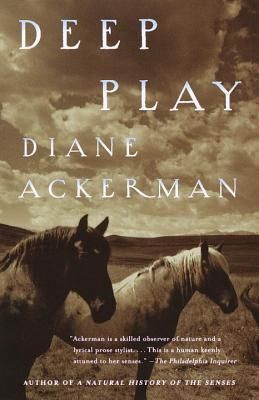PLAY
Play helps the child blend the KNOWN and the NEW, stretch the REAL into the POSSIBLE, and work through the EMOTIONS of both. - Sybil M. Berkey, OTR/L
The Importance of Play
Play is core to the human experience! It is how we get to know the world and each other. As Johan Huizinga states that play is a vital characteristic of our species and its culture…we are HOMO LUDENS!
The drive to play exists in every child regardless of their medical condition. In their own way, each child strives to engage with the environment around them.
I fully embrace the words of Dr John Richer, PhD in his article Dirt is Good when he says:
“The real world is dirty. Children do not learn how to adapt to their world and
flourish in it without getting in touch with it. This means getting dirty. Adults do not continue their learning and do not maintain their adaptation unless they remain in touch. This can mean getting dirty.”
How do we do this? We do it through playing in the REAL world.
In the Library
These are resources I go back to again and again around the topic of PLAY!
Play and Child Development
Creative Expression and Play in Early Childhood
(Packer Isenberg, Renck Jalongo)
Play and Child Development (Frost, Wotham, Reifel)
The Child with Special Needs (Greenspan)
Play and Neuroscience
Play and the Senses
Play for Children with Disabilities
My Right to Play
(Orr)
The Ludic Model
(Ferland)
Creative Play Activities for Children with Disabilities
(Morris and Schulz)
Play and Children's Education Spaces (Schools and Museums)
Montessori A Modern Approach (Lillard)
Bringing Reggio Emilia Home (Cadwell)
Scaffolding Children's Learning
(Berk & Winsler)
Theories of Childhood
(Mooney)
Creativity
(Csikszentmihalyi)

